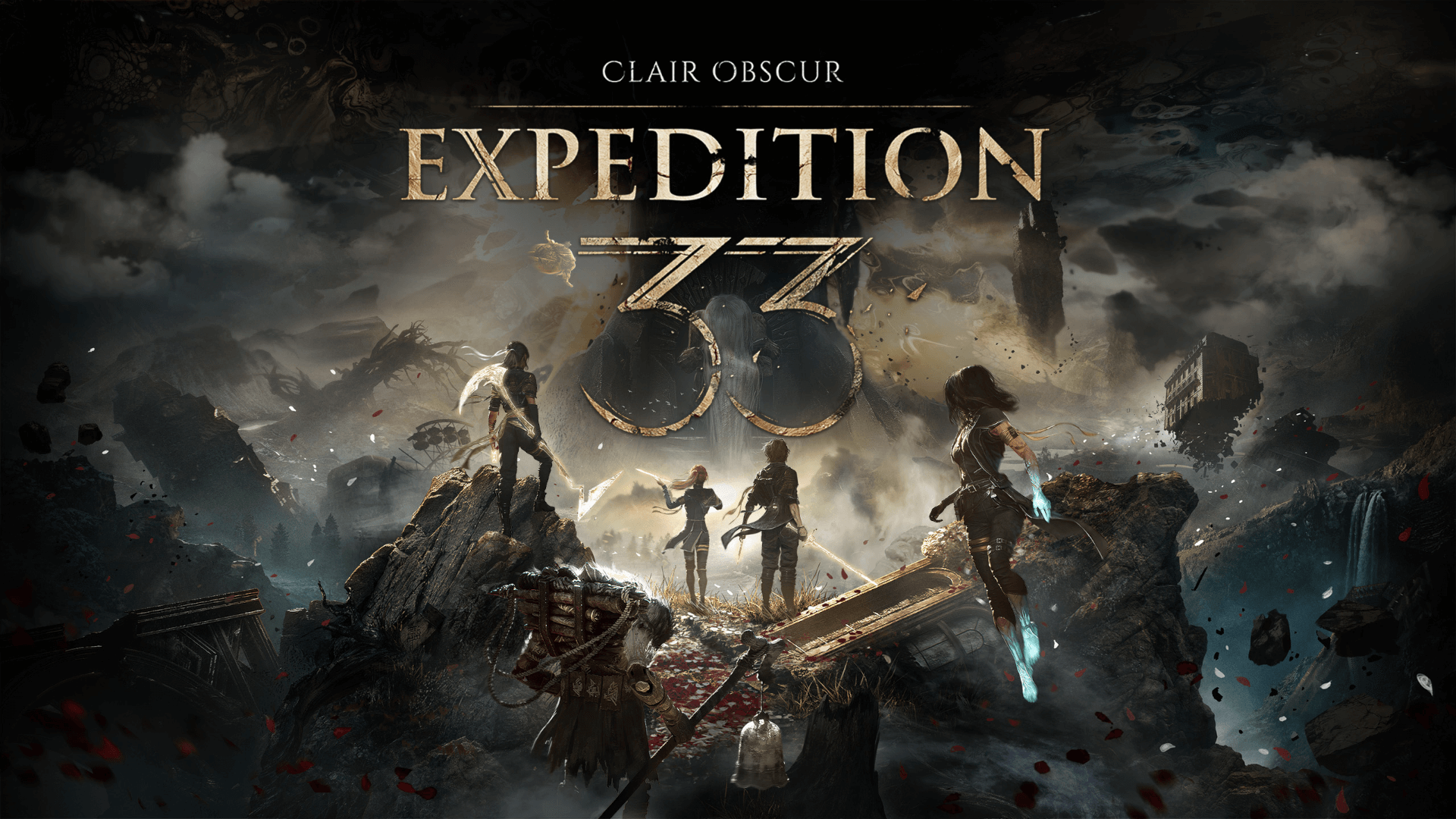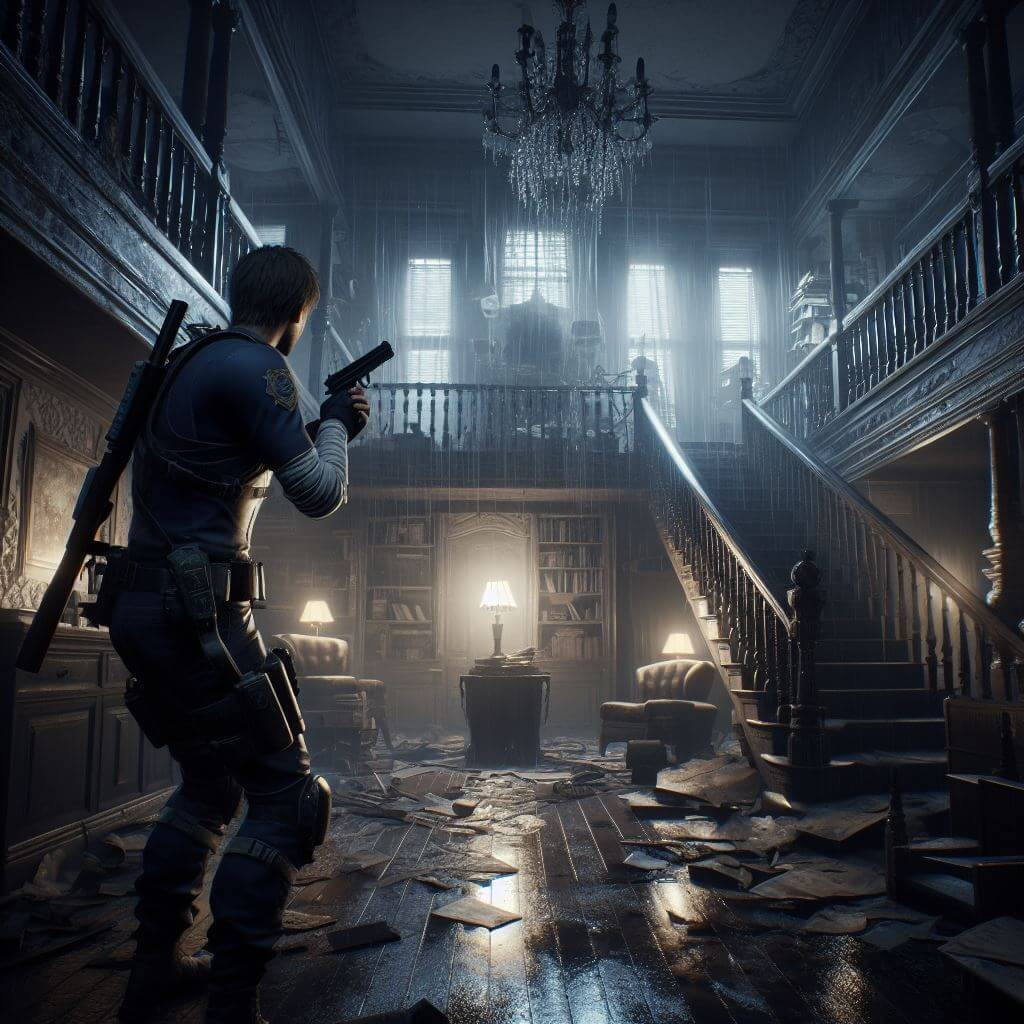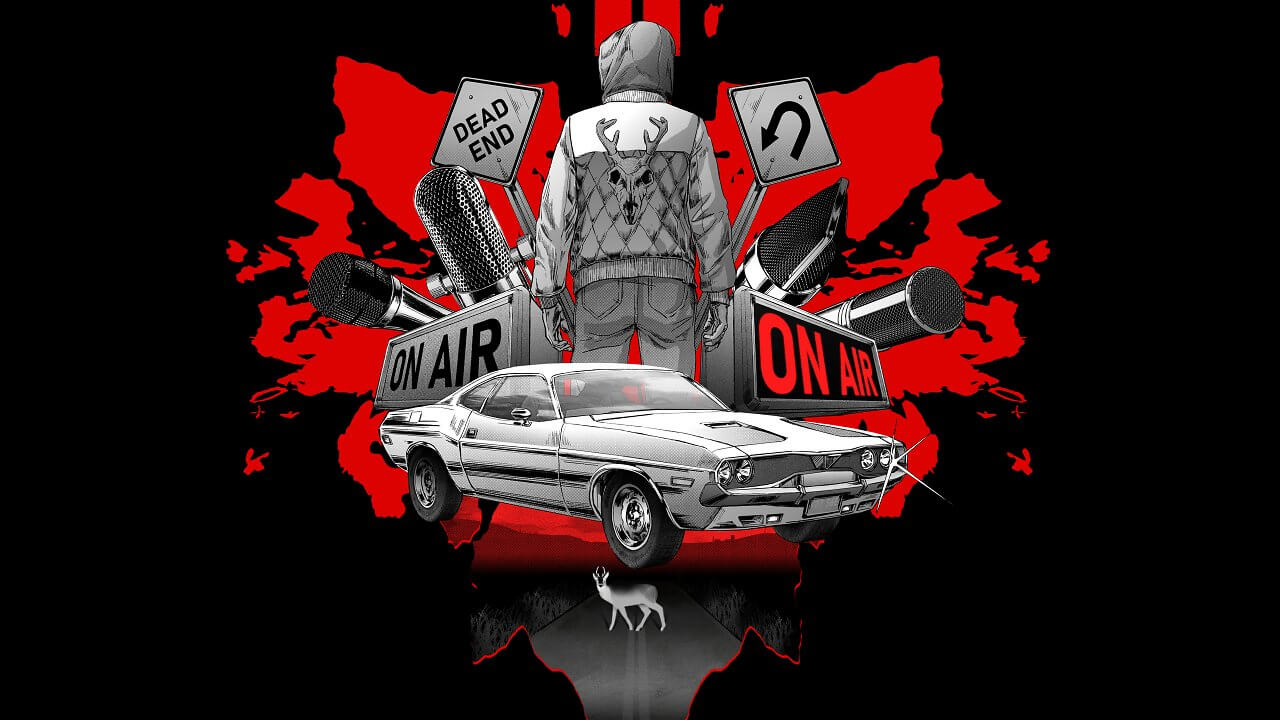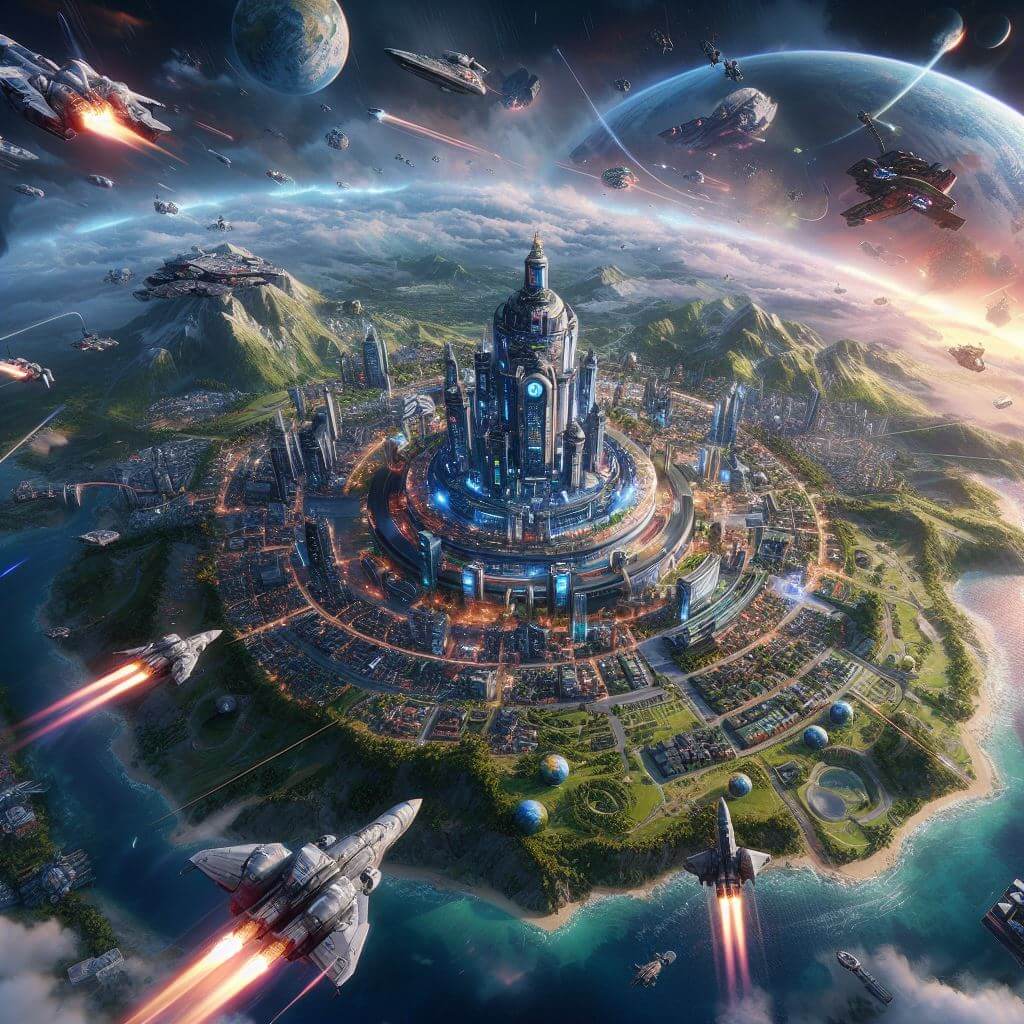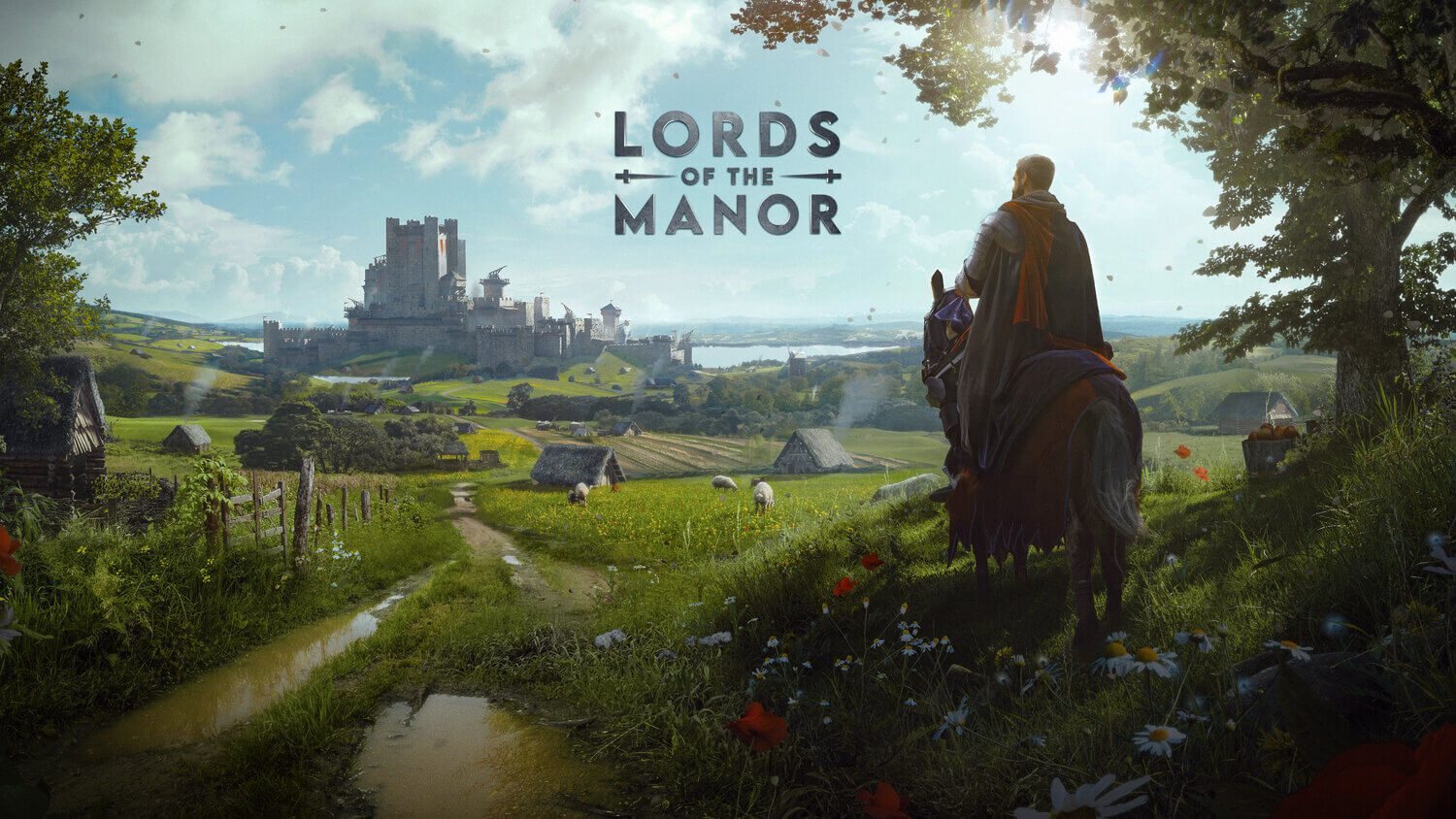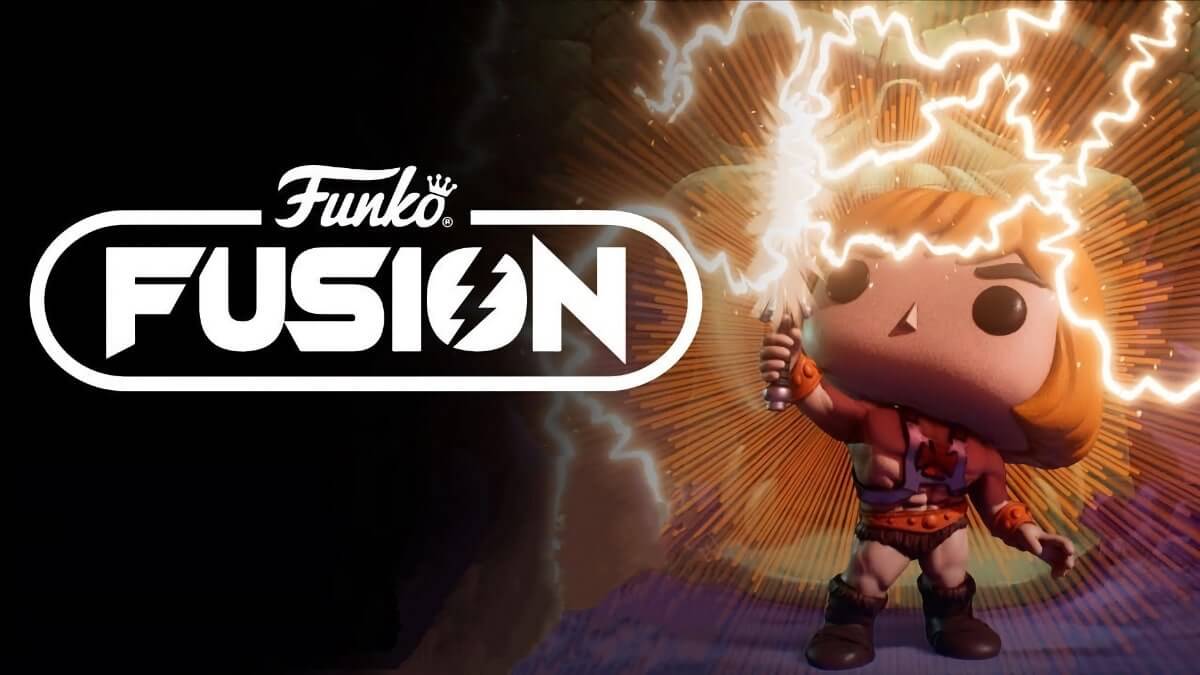Weekly Special
Horizon Forbidden West
Community Items are available now
Read more...
We've added Steam Community Items to Horizon Forbidden West Complete Edition on PC! Check out the new Badges, Trading Cards, Backgrounds and Emotes that you can earn when playing Horizon Forbidden West.
Horizon fans will recognize some of Aloy's iconic outfits that we turned into Badges and for our Trading Cards, we selected some of the fiercest machines that roam the wilds of the Forbidden West.
